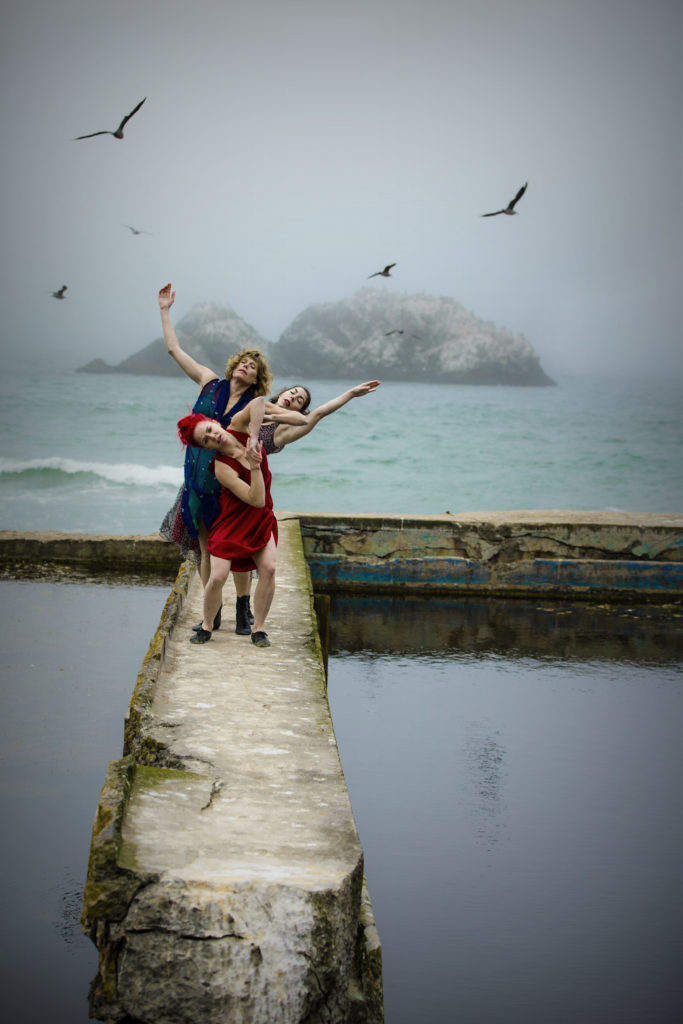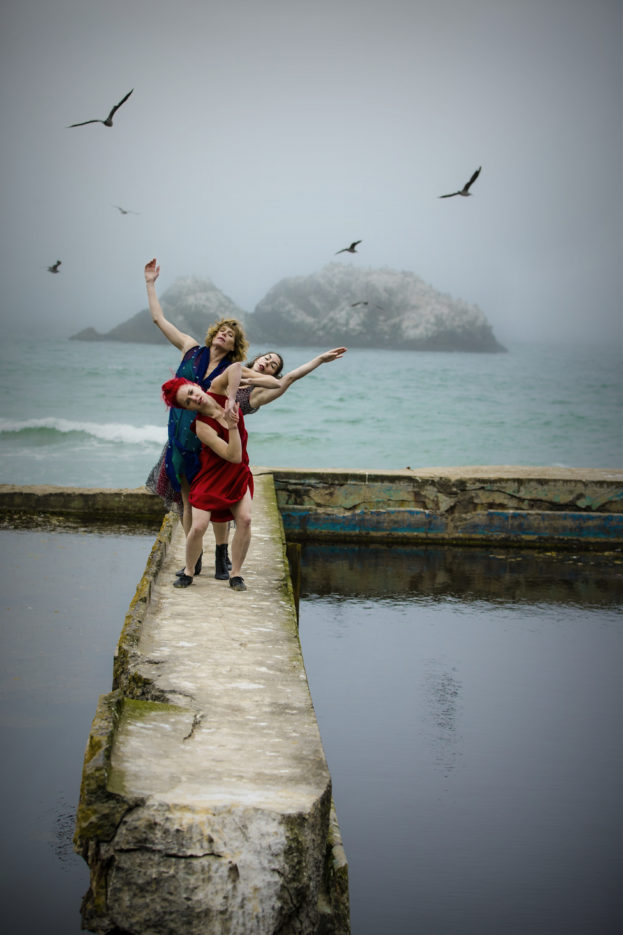
“Is it possible I think of my home in every thought, in every hour?
I surrender myself. I dedicate to her these teardrops continually falling.”
— From IIbn Hamdis’ ancient poem, A Lament for Sicily, translated by Patti Trimble.
I was drawn to the island of Sicily for its ancient culture and natural beauty twenty years ago, and now spend several months of the year there. I have made a small studio in my house. Sicily has become a place to nurture and sharpen my senses.
In the current refugee crisis, hundreds of thousands of people are leaving their homeland in the hope of finding better circumstances. Thousands are landing on the small island south of Sicily, Lampedusa, and thousands have died in the Mediterranean Sea, which is too often a graveyard. Photographs and daily articles in La Sicilia newspaper depict the close presence of refugees in overcrowded boats and makeshift rafts. We see new faces every year in the neighboring hill town, Piazza Armerina.
Beginning Memory/Place and Now in the Studio
The seriousness and calamitous nature of the refugees’ plight being so close to me was the impetus for Memory/Place. In Sicily during the spring of 2015, I filled notebooks with drawings, news clippings, and choreographic sketches to approach the ideas around memory and place. The accumulation of stories from daily news events and personal conversations, and probing into historical writings created more questions to include, perhaps most importantly, “where do I start?” Since the 5th Century BCE, Sicily has experienced one mass migration after another, which caused me to wonder, “should I consider ancient times, or do I begin by addressing the current crisis?”
At first I chose to begin with imagery from classical times, but this approach quickly morphed into the personal, the mass immigration that many of our own grandparents faced landing at portals of hopeful possibilities, such as Ellis Island in the late 19th century. As more research ensued, my thoughts returned again to Sicily and the current situation of the constant influx of refugees on Lampedusa. The list of ideas and approaches seemed endless, until what seemed clearest was the coalescence of simultaneous, divergent elements to convey an impression of the reality at hand. Today Memory/Place has developed into a work of intimate scenes representing contradictory elements all at once. There is stillness and movement, darkness and light, and the boundaries between these fluctuating opposites become unpredictable. It is a work that is impressionistic without narrative continuity. I have designed the piece in three interconnected parts each with its own musical score. As I write this essay at the close of 2016, the dancers and I are looking at the issues of up-rootedness and displacement; we are imagining the experience of existing on the edge of society, then transferring these themes to the edges of the body and the edges of our defined space. We are working with movement ideas as metaphor, disrupting one’s sense of place, experiencing a sense of dislocation and feelings of isolation and exclusion. I am investigating the neglected or often forgotten edges and corners of the stage and finding the dancers’ physical limits in the space.
The Music
I was born into a family of musicians. Music has always played an important role and been an equal partner in my work. This year, my company, Nancy Karp + Dancers, has commissioned musical scores from composers Kui Dong and Robert Honstein for Memory/Place. Both works, along with Lou Harrison’s Grand Duo, will be performed live. I am grateful to have musicians Gianna Abondolo (cello), Sarah Cahill (piano), and Kate Stenberg (violin) rehearsing in the studio and performing with us.
Kui Dong is writing the music for Part I of Memory/Place. I was immediately drawn to Dong’s music upon listening to her album Since When Has the Bright Moon Existed, back in 2010. The string quartet continued to captivate me as I waited for an appropriate moment to work with it in my choreography. In 2015, two movements from the quartet were featured in the dance company’s new work, time and the weather. While viewing the performance, Dong remarked how she appreciated the manner in which “the choreography gave space to the music and allowed it to breathe.” Finding common ground, the two of us began a yearlong dialogue about our first collaborative work together. The tripartite structure for Memory/Place is the outcome of these many discussions. As of this writing, Dong is in the process of finishing her composition, which will soon be in the hands of musicians Gianna Abondolo and Kate Stenberg. All the choreography is complete for this section and I just received the first eight minutes of the music. I am thrilled with the direction Dong has taken with the composition.

More Music
After several conversations with Dong, the work expanded into an evening-length piece in three parts. Stenberg introduced me to the work of composer Robert Honstein earlier this year. His music immediately resonated with me and I invited him to compose a work to follow Dong’s in the program. This week he sent several beautiful studies to be developed into a full composition. We have tried these studies in rehearsal and they brilliantly aligned with the quality of the movement.
For Part III, I chose music by composer Lou Harrison. Harrison was an early mentor of mine, and often one of a small handful of audience members at my first performances in the 1970s. In honor of his centennial in 2017, I chose his emotive Grand Duo for Violin and Piano. The choreography in this section is full of contrast, both in movement dynamics and style, similar to that of the different movements of Harrison’s Grand Duo.
The Visual Design, representing the passage of time
Painting #5 from Bay Area visual artist Thekla Hammond’s A Full Life Story series is mounted on the far wall of my studio. It is a constant inspiration as I navigate through the making of this work. I am drawn to the way Hammond works with color, texture, and movement in her large-format abstract paintings. I am collaborating with lighting designer Jack Carpenter to reveal the painting incrementally throughout the duration of the performance to create a sense of gradual change of place and passage of time. Carpenter has been participating in the project since its inception, and together we have had many discussions about creating a setting with multiple points of focus. He will build this not only with light, but also with placement of the musicians in new spatial relationships to one another, integrated with the visual environment of the piece.
In developing ideas beyond specific political events
My work is not driven by specific political events, however I am deeply affected by the cur- rent developments in the world. I am ethnically part of a people that have migrated again and again over centuries. The migration of refugees that I see in Sicily brings these times to mind. I am not making this work as a political response to our present-day crisis, rather the purpose of my art making is to transcend the political in pursuit of universal gesture and feelings as a way to express the tumultuous nature of the human experience over time.
Memory/Place is nearly ready at this writing in late-November. We journey on to opening night, testing the turbulent waters of something new.


